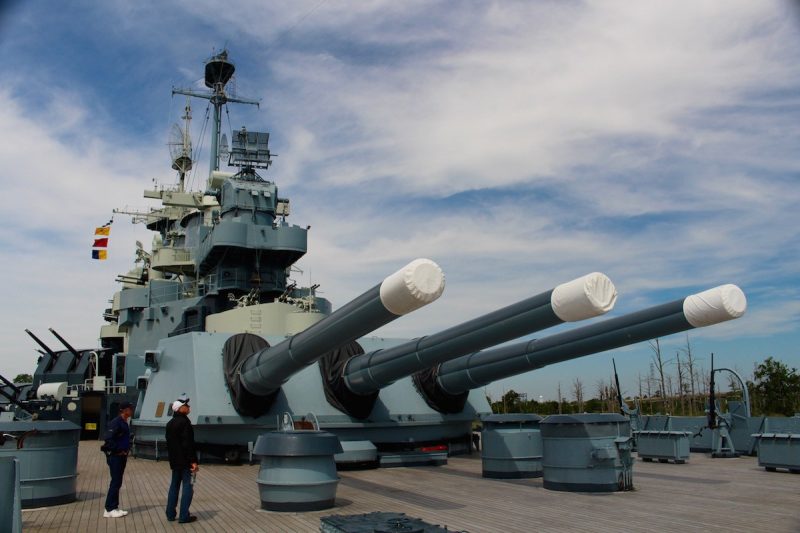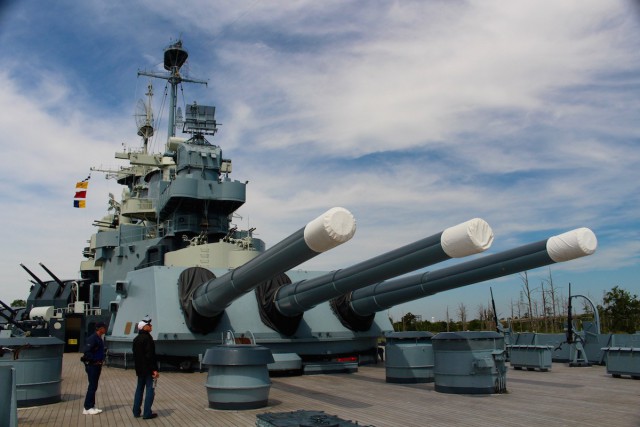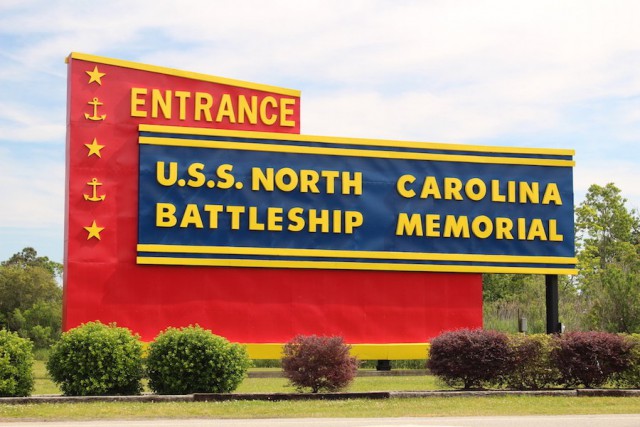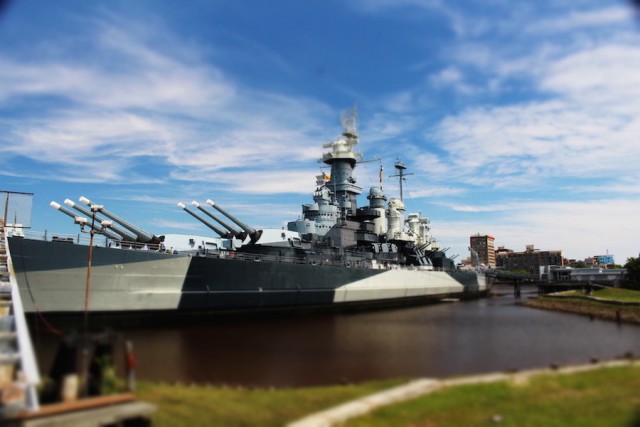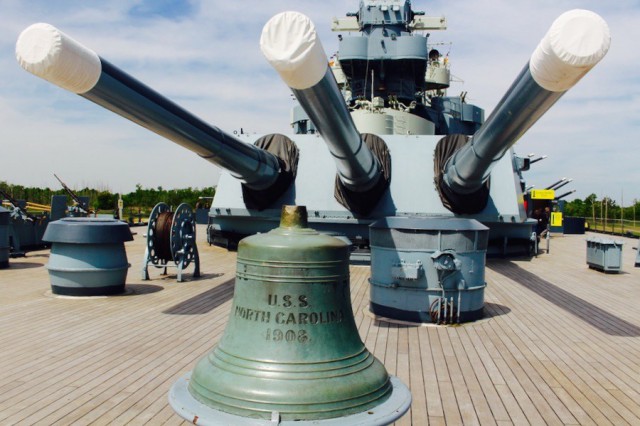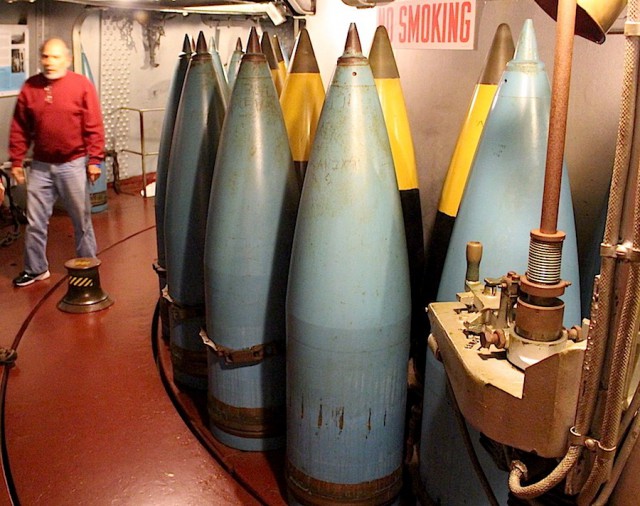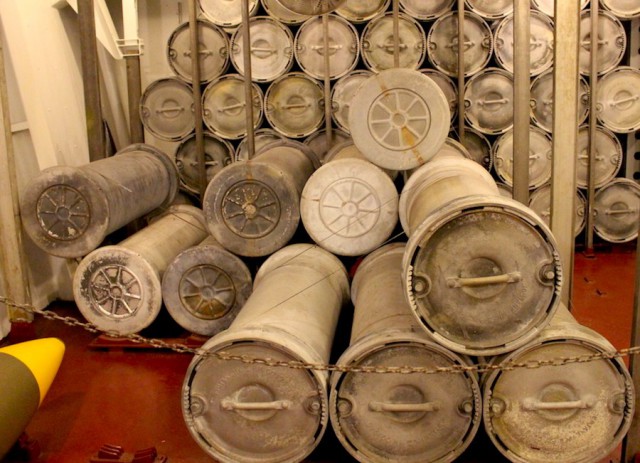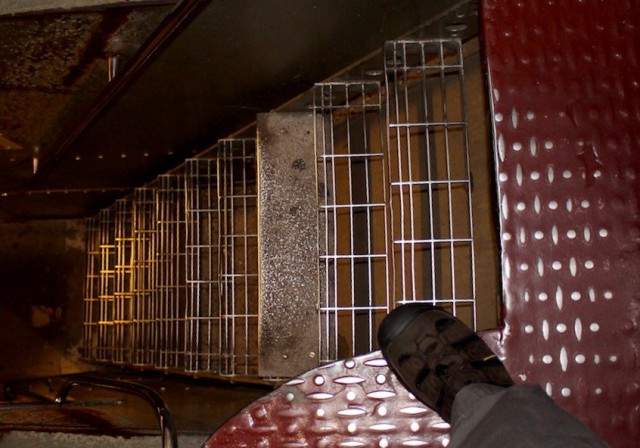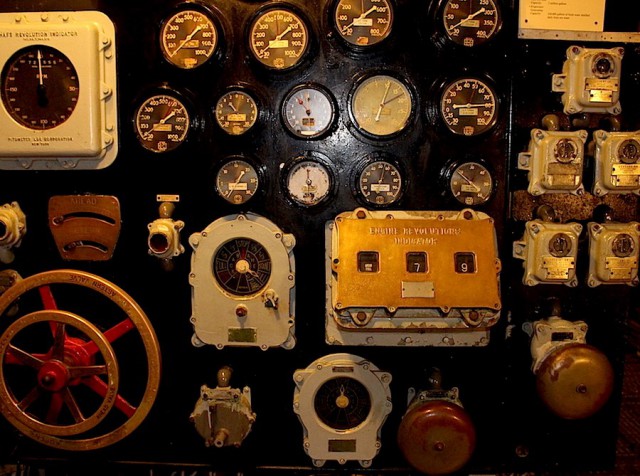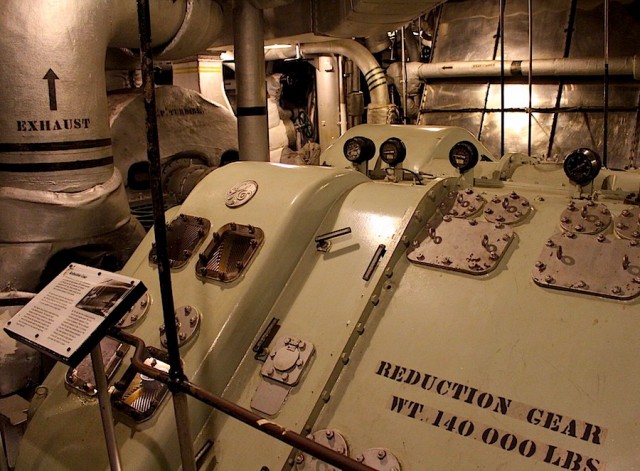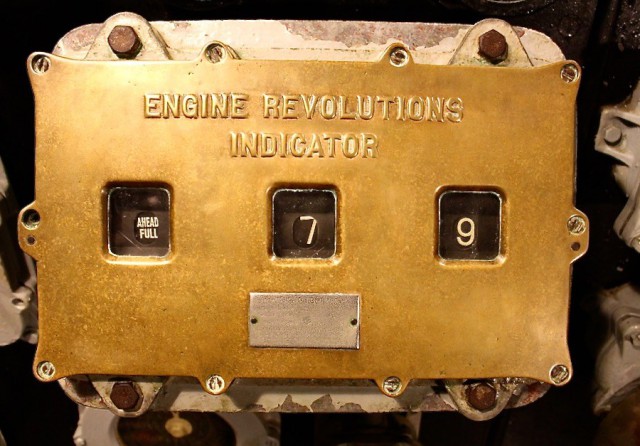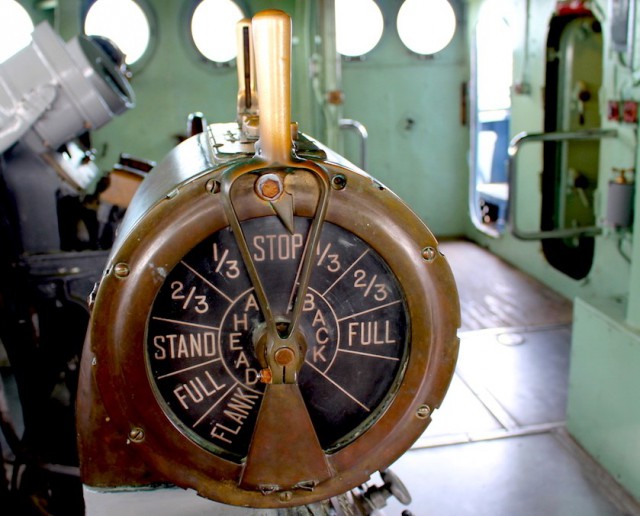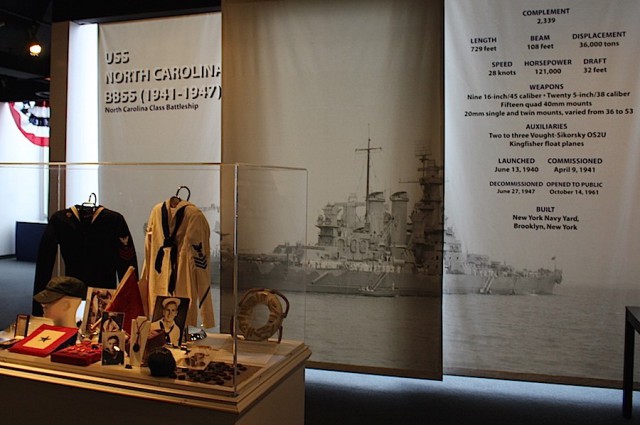Visiting the battleship North Carolina in Wilmington, North Carolina is a real treat. For starters, it was one of the most highly decorated ships of World War II, winning 15 battle stars.
To make the visit even better, you can scramble up and down nine decks of the massive structure and tour areas that are off-limits on many ship museums.
After the North Carolina was decommissioned in the late 1950s, it was going to be sent to the scrap heap. Leading citizens of Wilmington including James S. Craig and Hugh Morton started a fundraising campaign across the entire state to save the ship to establish a museum and memorial in Wilmington.
Some of the money to preserve the ship and set it up at this berth on the Wilmington waterfront was given by schoolchildren who sent in dimes in exchange for an admission pass to the museum.
The 16-inch guns could accurately fire a 2,700-pound armor piercing projectile onto a target 21 miles away. That’s about the weight of a vintage Plymouth Barracuda flying through the air. The guns were also used for land bombardment on Iwo Jima and Okinawa among other battles.
North Carolina was torpedoed in 1942 and returned to Pearl Harbor for repairs. The damage that would have normally taken months to fix was completed in only 21 days so the ship could rejoin the war.
You’d duck if one of these puppies was flying in the air towards you.
The powder magazine stored bags of gunpowder in these containers to prevent them from sparking and exploding.
Plan on doing a lot of climbing, both down into the bowels of the ship as well as up to the bridge. Descending deep below the main deck gives a deeper appreciation for what the men endured during battle.
One of the best features about visiting the Battleship North Carolina Museum is that the tour is self-guided, allowing visitors to stop at the areas that most interest them.
Gearheads may linger in the engine room and try to decipher all the dials and gauges.
The reduction gear is a steam turbine that is the ship’s transmission. There’s an engine room for each of the North Carolina’s four propellors.
The ship carried nearly 2 million gallons of fuel oil, which is a good thing since it averaged 166 gallons per mile.
Full speed ahead for the North Carolina was 28 knots.
A museum in a separate building highlights the history of the North Carolina and the men who served on it, some of whom made the ultimate sacrifice serving their country. There’s also a 15-minute video with sailors who served onboard recounting their wartime memories.
Visiting the USS Battleship North Carolina Memorial is a must for any military history buff. The amount of the ship that is open to the public is incredible. The self-guided tour is well marked with signage and arrows and offers many options for people who want to skip some areas or not climb as many ladders. (You know who they are, your understanding family members who came along with you for the visit.)
Information for visiting the Battleship North Carolina in Wilmington
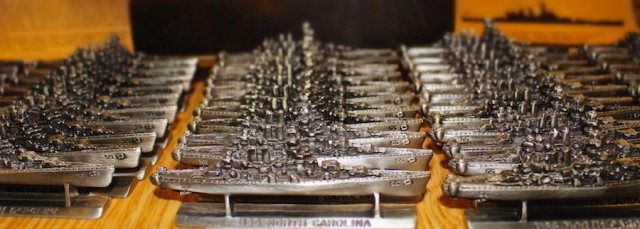
Location: #1 Battleship Road, Wilmington, NC 28401
Phone: (910) 251-5797
Admission: Adults, 12 and over, $14; seniors, 65 and over, $10; children, 6-11, $6; children, 5 and under, free; active or retired military, military spouses and military adult children, with ID cards, $10
Hours: Since the ship is a memorial it is open 365 days a year.
Winter Hours: Tuesday following Labor Day through Thursday before Memorial Day: 8 a.m. to 5 p.m., except open at noon on Christmas Day.
Web: www.BattleshipNC.com
NOTE: A Lifelong Learning Program allows adult battleship enthusiasts, even more, in-depth tours of the ship. Go to their website for details.
Our special thanks goes out to Michael Milne from Military History Travel!
